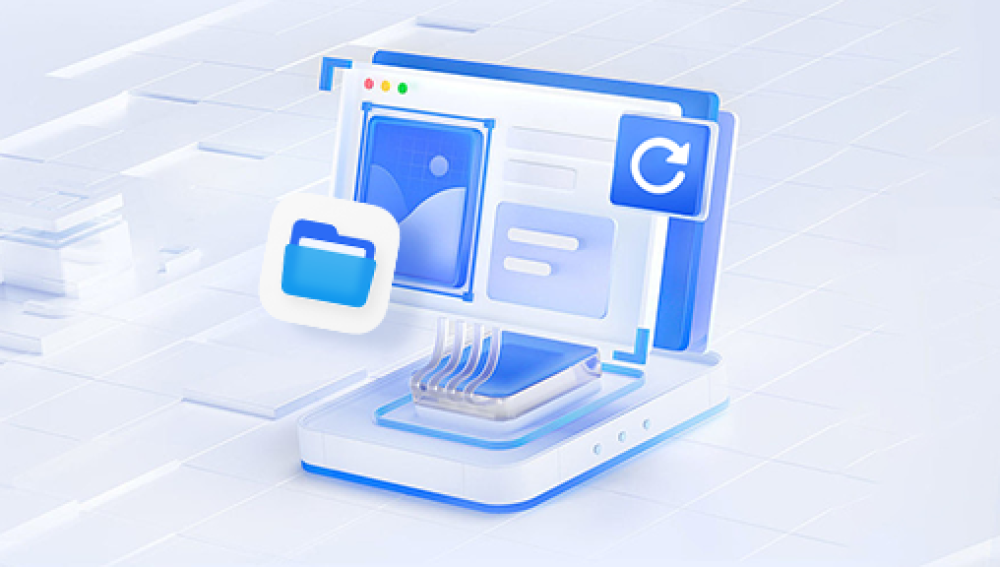Creating a recovery disk USB for Windows 10 is an essential task that can save you in case of system failures, crashes, or other significant issues.
1. Importance of a Recovery USB
A Windows 10 recovery USB can help you troubleshoot problems, restore your system to a previous state, or reinstall the operating system entirely. It’s a lifesaver when you encounter critical errors or when your PC won't boot properly.
2. Requirements
Before you begin, gather the following:
A USB flash drive with at least 8 GB of storage.
A Windows 10 PC.
Administrator access on the PC.
An internet connection (for downloading tools if necessary).

3. Backup Important Data
Ensure that any important data on the USB drive is backed up, as creating a recovery disk will erase all existing data on it.
4. Create the Recovery Disk
Access Settings:
Click on the Start Menu and select Settings (the gear icon).
Navigate to Update & Security:
In the Settings window, select Update & Security.
Open Recovery Options:
Click on the Recovery tab in the left sidebar.
Create a Recovery Drive:
Under the "Advanced startup" section, click on Restart now.
Once your PC restarts, select Troubleshoot > Advanced options > Create a recovery drive.
Follow the Wizard:
The Recovery Drive Wizard will open. Make sure to check the box that says "Back up system files to the recovery drive" if you want a complete recovery solution.
Click Next.
Select the USB Drive:
Choose the USB drive you want to use and click Next.
Confirm that you want to erase the drive and proceed.
Wait for Completion:
The process will take some time. Wait for it to complete, and once finished, click Finish.
5. Using the Recovery USB
After creating the recovery USB, you can use it to troubleshoot your system:
Boot from the USB:
Insert the USB drive into the PC and restart it.
Access the boot menu (usually by pressing F12. ESC, or DEL during startup) and select the USB drive.
Choose an Option:
After booting from the USB, you’ll see the Windows Setup screen.
Choose Repair your computer to access recovery options.
Available Recovery Options:
From here, you can select various troubleshooting options, including:
Startup Repair
System Restore
Command Prompt
Reset this PC
6. Troubleshooting Common Issues
USB Not Recognized: Ensure that the USB is correctly formatted and that it is plugged into a working USB port.
Failed Creation: If the recovery drive creation fails, ensure you have sufficient space and try a different USB drive if necessary.
7. Keeping Your Recovery USB Updated
It’s crucial to update your recovery USB periodically, especially after significant updates or system changes. Repeat the creation process as needed to ensure it reflects your current system state.
8. Alternative Methods
If you prefer, you can also create a recovery disk using third-party software. Tools like Rufus can help create bootable USB drives, but ensure you use reputable software to avoid security risks.
Creating a Windows 10 recovery disk USB is a straightforward process that can provide peace of mind. By following this guide, you ensure that you have a reliable method to recover your system in case of emergencies. Always keep your recovery options updated to reflect the latest state of your operating system.




